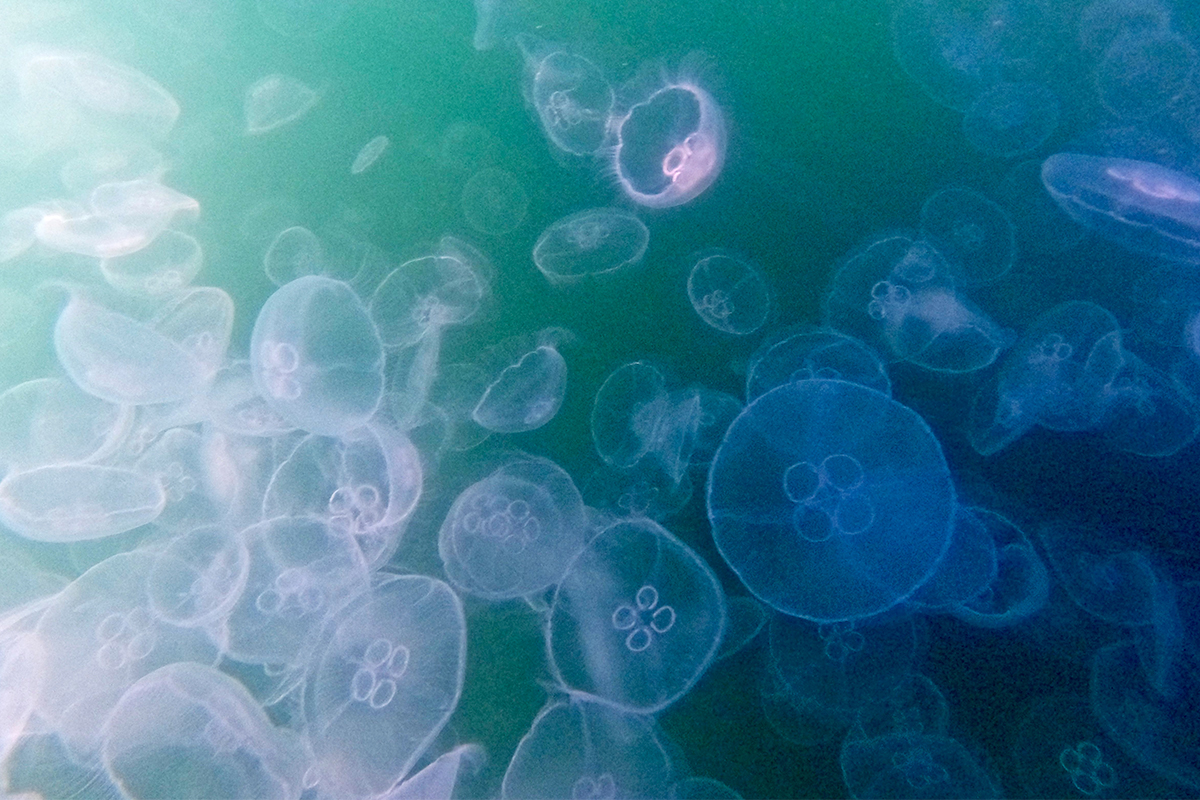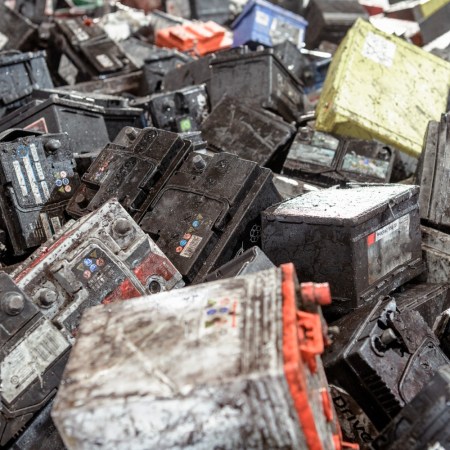Kale has been food forever — it was cultivated for eastern Mediterranean meals as early as the 20th century BCE. But it wasn’t until the late 20th century CE that the cruciferous cabbage was actually considered worthy of consumption in the United States.
The plant found its way to America thanks to the exploits of turn-of-the-century botanist David Fairchild (a “food explorer” who owns possibly the greatest story you’ve never heard of), but for most of the 1900s, it was “used as decor, as foliage and decoration in salad bars, in bouquets of fruit or flowers.” It wasn’t until the 1990s that Americans began to appreciate the ingredient’s nutritional benefits, and it took another 15 years or so before kale could be considered a trend. Now, as evidenced by those collegiate-imitative “KALE” sweatshirts, people are obsessed.
The country — and the planet, at large — will need to foster a few more love affairs with long-spurned foodstuffs in the coming decades. The global population is poised to explode by the 2050, with an expected three billion more mouths to feed than in the year 2010. Organizations like the World Research Institute have done yeoman’s work in identifying ways that we can feed that many people while, crucially, using the same amount of land and lowering emissions. It’s a gargantuan task, obviously, but environmental studies agree on the importance of:
- Reducing our outlandish food waste
- Bringing best practices to the farms that already exist
- Mitigating competition with biofuel production
- Steadying replacement-level fertility rates in all corners of the world
- Improving the productivity of aquaculture
Worthy missions, all. One of the most important, though, and perhaps most relevant to any consumer who plans to still be here by mid-century, will be altering our diets. The planet simply can’t continue to sustain a system where billions of us help ourselves to meat four or five times a week. From the WRI: “Beef, the most commonly consumed ruminant meat, is resource-intensive to produce, requiring 20 times more land and emitting 20 times more GHGs per gram of edible protein than common plant proteins, such as beans, peas and lentils.”
A massive report by National Geographic Magazine echoes this sentiment: “The spread of prosperity across the world, especially in China and India, is driving an increased demand for meat, eggs, and dairy, boosting pressure to grow more corn and soybeans to feed more cattle, pigs, and chickens.” That’s to say, there won’t just be more mouths to feed 25 years from now — there will be more mouths looking to eat in the manner that Americans (and a dozen other Western countries) have eaten for years, with an over-reliance on animal sources.
Something’s got to give. It should start with the American diet, and we can start slow. As new forms of plant-based cooking emerge, alongside pioneering labs determined to close the “crop calorie gap,” the ask of the American public isn’t a very large one — it’s the same thing you’d urge a four-year-old who won’t touch his side of broccoli: please try it.
A recent graphic from Freethink highlights some of the foods that could find their ways to our kitchens by the year 2050. These include ingredients like cell-cultured meat — made from the extraction of a culture of cells from a single animal, which is grown into tissue using a bioreactor. The process allows for some fascinating experimentation; a startup called Primeval Foods is now able to offer lion burgers and tiger tacos. (No animals were harmed in the making of their “cuts.”)
Elsewhere: watch out for culinary ventures in the realms of mushrooms, algae, seaweed, insects, and even jellyfish. There are 20 different edible species, and as Freethink points out, “they’re low in fat, rich in protein and minerals…and pack many of the same health benefits as other fish.” Only, they aren’t endangered, and actually thrive in warmer waters. They can be dried down to a chip-like snack, or served cold and pickled.
Jellyfish jerky might not appeal to to the average American eater, but the average American eater already eats some surface-level “gross” products, which also happen to hurt the environment. Next time someone turns their nose up at your mushroom burger, or makes fun of you for joining the latest vegetable bandwagon, tell them to Google the truth behind hot dogs. No matter how crazy the foods of the future may seem, the craziest choice of all would be keeping our diets exactly the same.
The Charge will help you move better, think clearer and stay in the game longer. Subscribe to our wellness newsletter today.



















